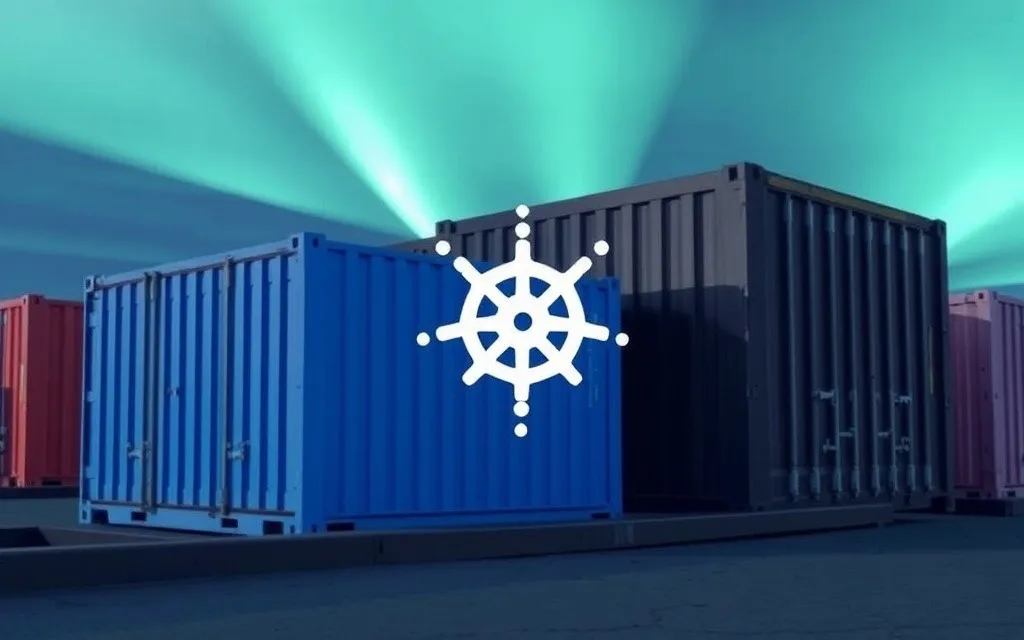
Kubernetes has revolutionized cloud computing and application deployment, becoming a cornerstone technology for managing containerized applications at scale. Born from Google's innovation and launched in 2014, Kubernetes has swiftly become the preferred solution for orchestrating containers. This article delves into the essential concepts of Kubernetes, its architecture, and the myriad use cases that highlight its adaptability and advantages.
Demystifying Kubernetes: Core Concepts
Kubernetes is engineered to manage containerized applications across clusters of machines seamlessly. Let's break down the fundamental elements that constitute the Kubernetes ecosystem:
Pods: As the smallest deployable units in Kubernetes, pods can house one or more containers that share storage and network resources. Think of them as the building blocks of Kubernetes applications.
Nodes: These worker machines, which can be virtual or physical, execute the pods. Managed by the Kubernetes control plane, nodes are the backbone of any Kubernetes cluster.
Clusters: A cluster is a collection of nodes working together to run containerized applications. The Kubernetes control plane orchestrates the deployment and scaling within the cluster.
Services: Services provide a stable endpoint to abstract a set of pods, enabling seamless load balancing and service discovery.
Namespaces: These offer a way to segment resources within a Kubernetes cluster, allowing multiple teams to collaborate on the same cluster without interference.
Understanding the architecture of Kubernetes is vital for both newcomers and seasoned professionals. Its modular and extensible design supports a wide array of applications and use cases.
Unleashing Kubernetes: Diverse Use Cases
Kubernetes extends beyond mere container management, supporting a variety of use cases that enhance its utility:
Large-scale App Deployment: With autoscaling capabilities, Kubernetes efficiently manages fluctuating demands, making it perfect for large-scale application deployments.
High-performance Computing (HPC): It optimizes resource utilization by distributing HPC tasks across hybrid and multicloud environments.
AI and Machine Learning: By automating management and scaling, Kubernetes supports the deployment of complex machine learning models, including NLP and generative AI.
Microservices Management: Kubernetes simplifies managing microservices architectures with features like high availability and self-healing.
Hybrid and Multicloud Deployments: It facilitates seamless application migration and standardizes deployment across varied environments, enhancing control.
Enterprise DevOps: Kubernetes streamlines software development and maintenance with CI/CD pipelines, boosting agility.
The Kubernetes Advantage: Why It Matters
Kubernetes offers numerous benefits, making it a popular choice for enterprises and developers:
Scalability: Automatically scales applications based on demand, ensuring optimal resource use.
Portability: Supports deployment across on-premises, public, and hybrid clouds, offering flexibility.
Resilience: Built-in self-healing ensures high availability and reliability of applications.
Efficiency: Automates deployment and management, reducing operational overhead and speeding up delivery.
Community Support: As an open-source platform, Kubernetes benefits from a vibrant community, providing extensive resources and support.
The Future of Kubernetes: A Transformative Force
As Kubernetes continues to evolve, with a focus on simplicity, usability, and security, it is set to play a pivotal role in modern application delivery. For beginners eager to understand Kubernetes architecture or enterprises looking to leverage its capabilities for complex deployments, Kubernetes offers robust and flexible solutions to today's IT challenges.
In conclusion, Kubernetes is more than a container orchestration tool; it's a transformative technology reshaping application development, deployment, and management. By grasping its key concepts and exploring its diverse use cases, organizations can unlock Kubernetes' full potential and drive innovation. How has Kubernetes impacted your operations, or what challenges do you foresee in adopting it? Share your thoughts and experiences, and consider exploring further resources to deepen your understanding.

